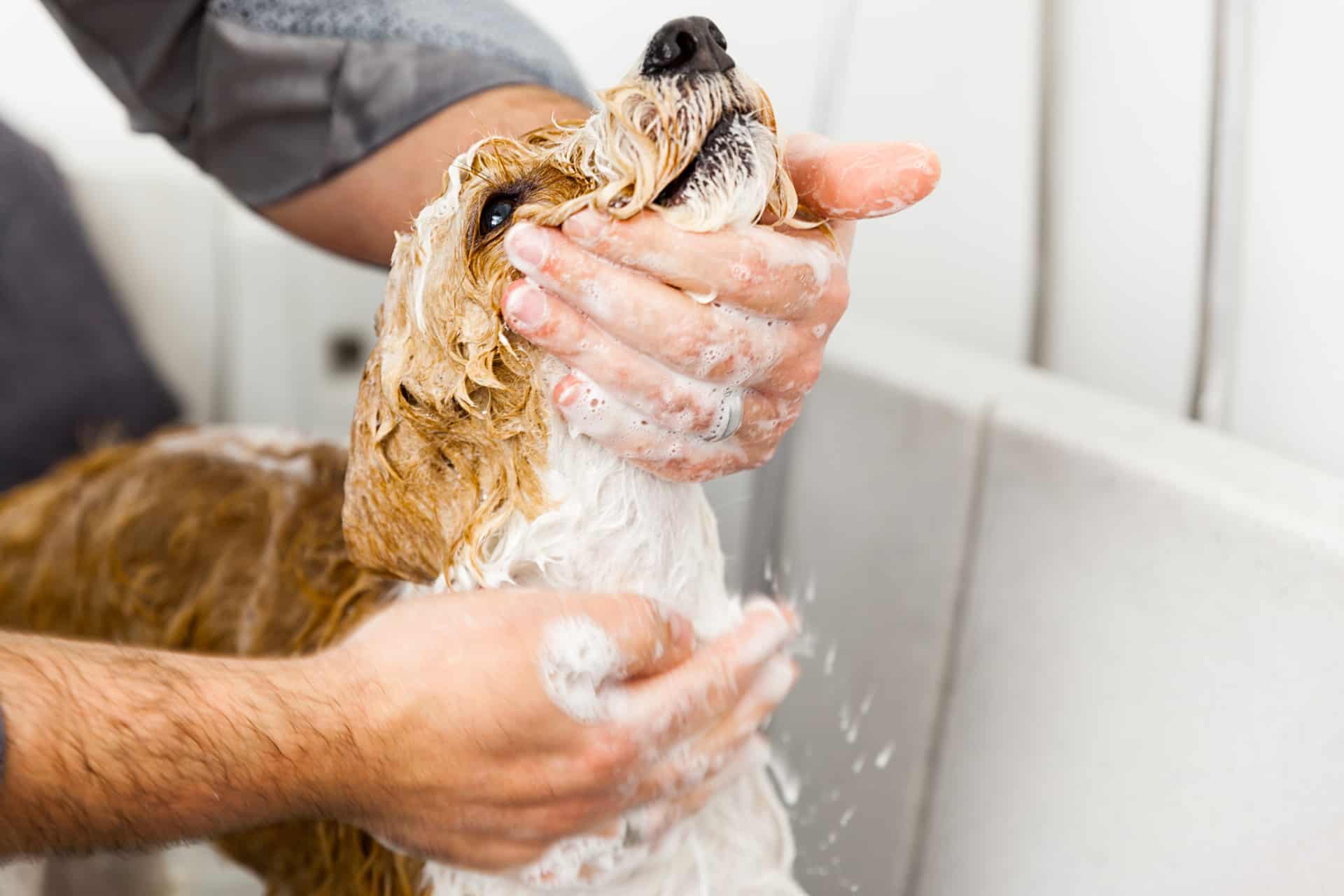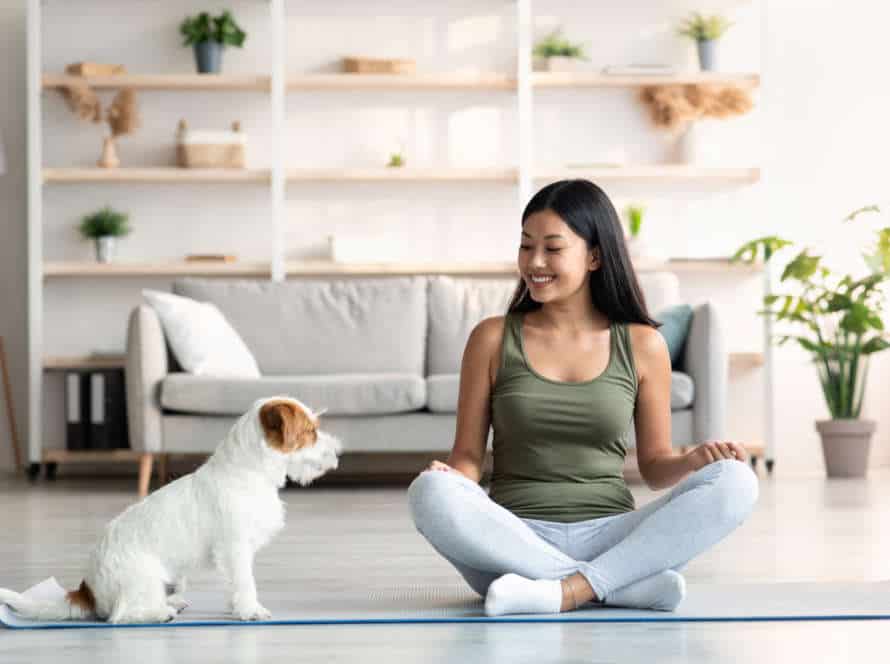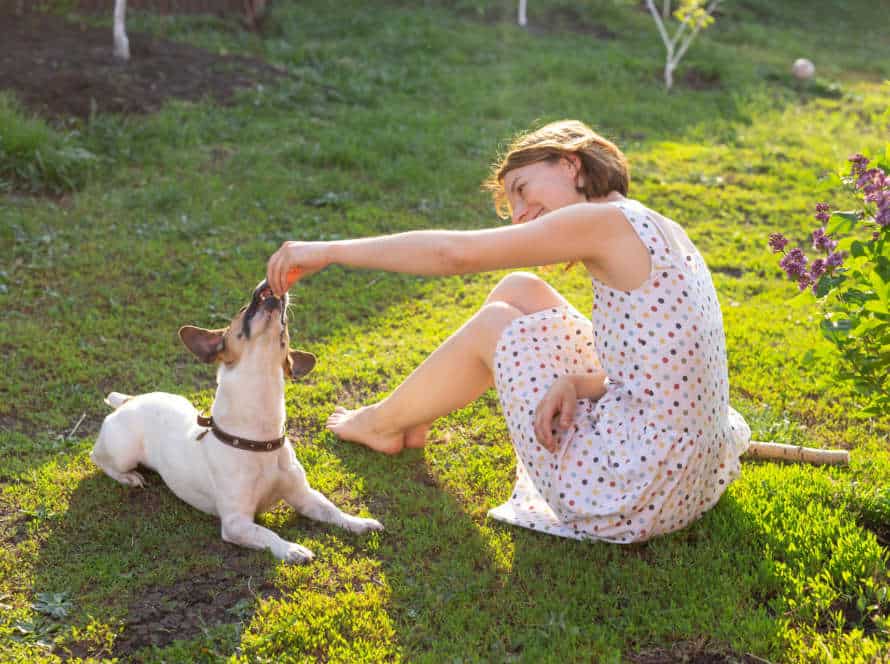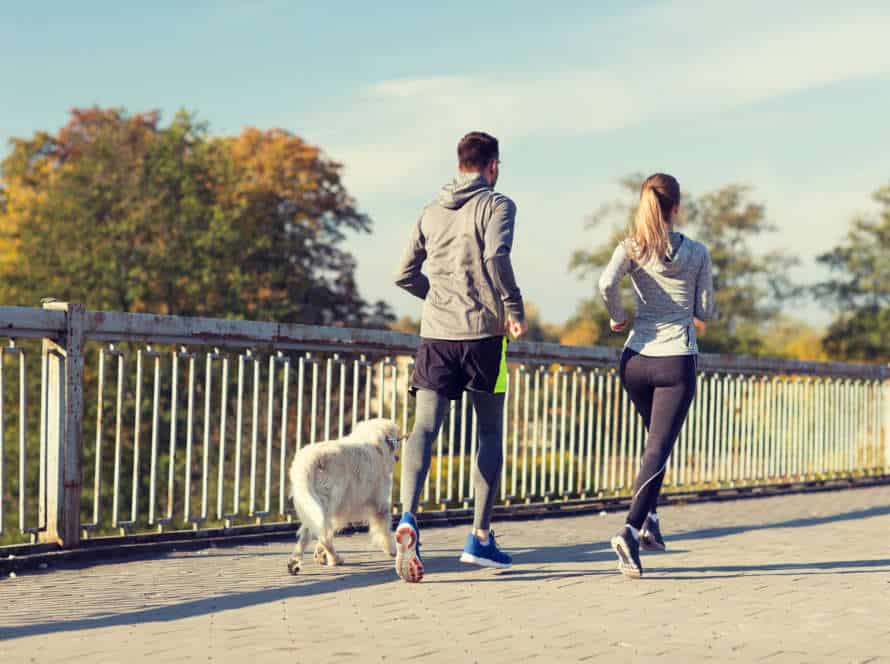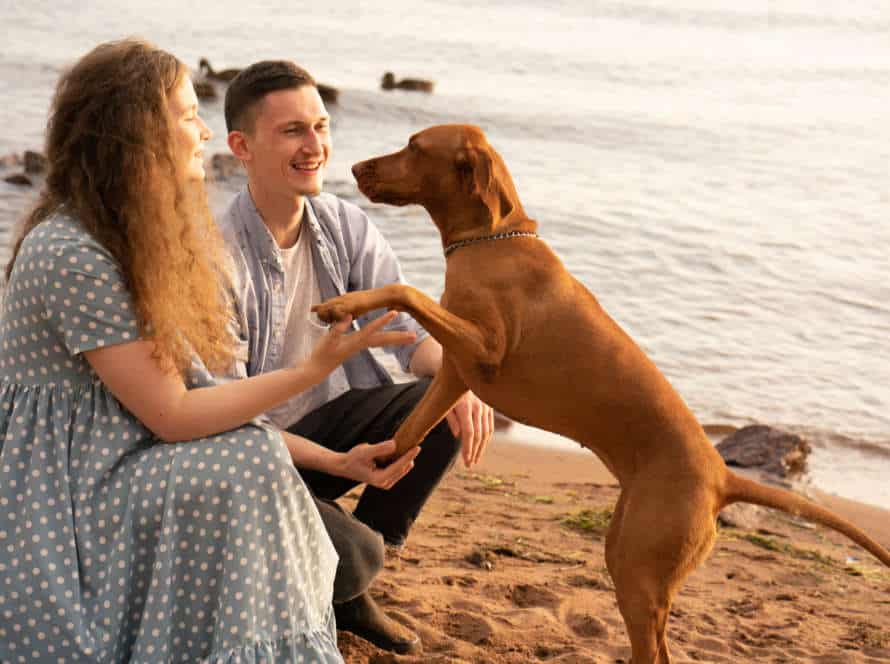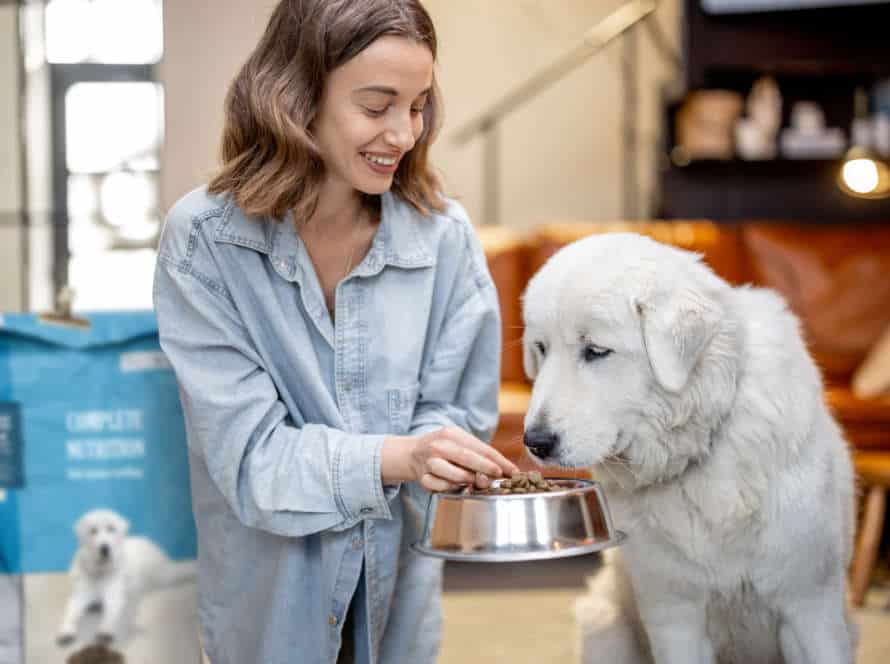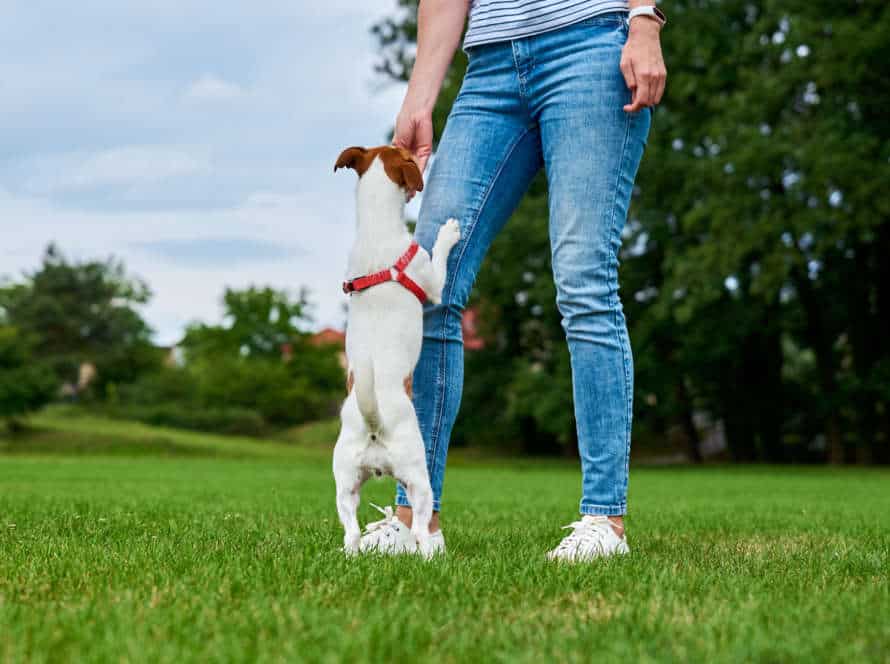Grooming Your Senior Dog: Tips for Comfort and Care
Grooming your senior pup is super important for their health and wellbeing. Here are some handy tips for grooming them:
- Brush: Use a soft brush daily to help distribute natural oils and keep their coat looking good.
- Nails: Trim their nails carefully, or get them done by a groomer or vet.
- Bathing: Avoid bathing too often. Once every few months is enough. Use mild, hypoallergenic shampoo.
- Be gentle: Older dogs may have joint or mobility issues, so take your time. Get supportive gear like non-slip mats or ramps to help. Ask your vet for advice.
Pro tip: Grooming sessions are also a great chance to check for any lumps or bumps that may need medical attention.
Grooming Considerations for Senior Dogs
Grooming your pup as they age is a must! Their fur, skin, and nails need special attention to keep them healthy. In this article, we’ll clarify grooming considerations for senior dogs. What products should you use? How often should you groom them? Plus, tips for age-related issues!
Importance of grooming for senior dogs
Grooming is super important for senior doggos.
They have more sensitive skin and health issues that need special care. A good grooming routine helps keep ’em feeling and looking good! Here are some things to keep in mind:
- Brushing: Use a soft-bristled brush to remove fur, dirt, and mats. It prevents skin irritation.
- Bathing: Bathe your senior pup every 4-6 weeks. Too much can dry out their skin.
- Nail Clipping: Trim their nails regularly so they don’t get too long and hurt them.
- Dental Care: Senior doggos are more prone to dental problems. Brush their teeth and give ’em dental chews to help.
- Ear Cleaning: Older pups can get ear infections. Regular cleaning with a gentle cleaner helps.
Pro Tip: Start grooming your pup early! It’ll make it less intimidating as they age.
Grooming routine modifications
As dogs age, their grooming needs can change. Here are tips for senior dog care:
- Bathing: Bathe less frequently, using lukewarm water and mild shampoo.
- Brushing: Longer or thicker coats, or hair loss may occur. Regular brushing helps.
- Nail Trimming: Slower growth, thicker nails – trim regularly to prevent pain.
- Dental Care: Gum disease, bad breath and tooth decay can appear. Brush teeth or get a professional cleaning.
- Ears and Eyes: Senior dogs may get infections. Regular check-ups and cleaning can help.
- Mobility Assistance: Standing or bending may be hard. Ramps, mats and tables can help make grooming easier.
Choosing the right grooming tools for your senior dog
Grooming your senior pup is a must! Selecting the right tools is key to their comfort and safety. Here are some tips:
- Nail Clippers – Get ones sharp and suitable for your pup’s breed and size. Blunt clippers can cause pain.
- Slicker Brush – A brush great for detangling and removing fur. One with soft bristles to protect skin.
- Grooming Comb – Use to remove fleas, ticks, and debris. Soft handle, stainless steel teeth to avoid rusting.
- Scissors – Get sharp ones with rounded tips. Grooming hard-to-reach areas, like paw pads, without hurting your pooch.
The right grooming tools help maintain hygiene, improve coat health, and prevent injuries.
Bathing Your Senior Dog
Senior doggos need baths! It keeps their fur soft, free of dirt and reduces shedding. But bathing an elderly pup can be tricky. Here are some tips to keep in mind when grooming your beloved senior dog:
- Bathing is important for senior pups.
- Make sure their fur is clean and debris-free.
- Bathing can help reduce shedding.
- Be aware that it may be more difficult to bathe an older pup.
How often should you bathe your senior dog?
Bathing frequency for senior dogs depends on breed, activity level, skin condition, and health. For example, if they have skin issues, see the vet. Generally, they need a bath every 6-8 weeks. But if they go outdoors or have health problems, they might need it more often.
Use dog-specific shampoo and conditioner. Be mindful of water temperature as older dogs are sensitive. Put a non-slip mat in the bathtub. Towel or hair dryer on lowest setting to avoid chilling. Brush the coat to prevent matting and spread oils. Regular grooming keeps senior dogs healthy, builds trust, and strengthens your bond. Pro tip: Give a treat or massage post bath to create a positive association with grooming.
Choosing the right shampoo for a senior dog
As your pup ages, it might be time to switch up their grooming routine! One change could be finding the right shampoo for your senior dog. Here’s how:
- Look for a mild shampoo designed for seniors. It should be gentle and help restore oils.
- Avoid harsh chemicals or fragrances that could irritate their skin.
- If your pup has skin or coat conditions, consider medicated shampoo. Ask your vet for recommendations if needed.
- Pro tip: Regular grooming and baths can help keep your senior pup comfy and healthy.
Tips for bathing an arthritic senior dog
Bathing a senior pup with arthritis can be tricky. But, if you use the right techniques and precautions, it can be a comfy and painless experience for your furry pal. Here are some tips to remember when grooming and cleaning your senior doggo:
- Prep the bathing zone by laying down a non-slip mat in the tub or shower. Fill it with warm water.
- Use a shampoo specifically made for senior canines to nix any skin irritation or unease.
- Employ a detachable showerhead to stay away from any unnecessary movements or strains on your pup’s body.
- Keep H2O out of your pup’s ears and dry them completely after the bath.
- Offer your senior pooch support during the bathing process and be gentle while handling them.
- Once the bath is done, make sure your pup is totally dry and warm to dodge any illnesses caused by cold or dampness.
Brushing and Combing Your Senior Dog
Brushing and combing your senior pup is essential. It helps keep their fur and skin in tip-top shape. Plus, it boosts circulation, which can bring comfort to aging pets. Be aware that older dogs may be less patient with grooming than younger ones. So, use gentle, slow strokes. Reward them for cooperating too! Let’s look at the best brushing and combing techniques for senior dogs.
Importance of brushing and combing for senior dogs
It’s essential to brush and comb your senior pup for their comfort, health, and general well-being. As dogs get older, their coat becomes more fragile and can tangle or mat easily. Here’s why brushing and combing is especially important:
- To avoid matting and tangles: Regular brushing and combing prevent fur from becoming matted or tangled, which can cause skin irritation.
- To promote healthy skin and coat: Brushing and combing help spread natural oils, keeping the coat lush, shiny, and soft.
- To detect any skin or health issues: Grooming regularly helps you spot lumps, bumps, parasites, and signs of skin infections or allergies.
- To bond and socialize: Grooming your older pooch gives you quality time with them and strengthens your bond.
Brush and comb your senior pup regularly to keep them healthy, comfy, and happy in their golden years!
Types of brushes and combs for senior dogs
As dogs grow old, they need extra love and care. Selecting the right brush and comb for your senior pup’s fur is essential to keep it strong and glowing. Here are the best brushes and combs for older dogs:
- Slicker Brush: Good for dogs with medium-long coats. This brush is great at detangling knots and keeping fur soft and sleek.
- Bristle Brush: Ideal for dogs with short and smooth coats. Natural bristles help spread natural oils across the fur, making it shimmery and healthy.
- Pin Brush: Perfect for long and fluffy coats. Flexible pins help untangle knots and stop mats.
- Comb: A comb with medium-sized teeth is good for disentangling small tangles and making the coat glossy. If your pup has a thicker coat, a comb with wider teeth works well to reach the undercoat.
Regular grooming with the right brush and comb is key to avoiding mats, reducing shedding, and keeping your senior pup’s fur strong and glossy.
Techniques for brushing and combing a senior dog with sensitive skin
Groom your senior pooch with care! Here are some tips to make it easier:
- Use brushes and combs with soft bristles and wide teeth to avoid hurting their skin.
- Start with gentle strokes and gradually increase the pressure.
- Treats and positive reinforcement can encourage good behavior during grooming.
- Pay particular attention to areas that matt and tangle, e.g. behind the ears, under the legs and around the tail.
- Severe matting or skin irritations? Consider professional grooming services.
Pro Tip: Regular grooming can help keep senior dogs’ skin healthy and prevent issues. Check their skin and coat for lumps, bumps or sores, and consult a vet if necessary.
Trimming Your Senior Dog’s Nails
Caring for an elderly pup is no easy feat, but it’s a vital one. Trimming their nails is one of the most essential grooming activities you can do. This keeps their paws healthy and comfy. Plus, it can help them avoid injuries, infection, and other issues that can come with long nails. Here’s what to remember when trimming your senior dog’s nails:
Importance of nail trimming for senior dogs
Trimming nails is a must for elderly canines’ grooming. This is especially true since older pooches are less active, so their claws don’t get worn down as when they were young. Here are the benefits of frequent nail-trimming:
- Stops nails from overgrowing, which can be painful and make walking tough.
- Cuts the likelihood of broken, cracked, or ripped nails, which can lead to infection.
- Ensures proper body alignment and balance, preventing joint issues and arthritis.
Nail trimming needs practice, patience, and the right tools. If you’re uncertain how to cut your senior pup’s nails, consider getting help from a groomer or vet. Pro tip – Give your elderly pup treats and praise after nail trims to make them a positive experience.
Choosing the right nail trimmer for a senior dog
When selecting a nail trimmer for your senior pup, size, nail thickness and your ease with different types of trimmers are essential considerations. Here are the different options of nail trimmers:
- Guillotine Trimmers: They have a small hole. You place the pup’s nail in it and press the handle to cut the nail. These are best for small to medium-sized dogs with slim nails.
- Scissor Trimmers: They look like small scissors. They cut the nail like regular scissors. Best for dogs with large and thick nails.
- Grinder Trimmers: They use a grinding head that rotates to file the nail instead of cutting it. Suitable for dogs who are scared of the clippers or have dense nails.
Selecting the correct trimmer for your senior pup can make the grooming process more comfortable for both you and your pet.
Tips for safely trimming a senior dog’s nails
Trimming a senior pup’s claws needs extra attention since they become thicker and tougher because of aging. Here’s some advice for cutting their nails carefully:
- Choose the right moment: It’s essential to select a time when the pooch is relaxed and tranquil. Don’t cut their nails if they’re agitated, stressed, or hurting.
- Use the right tools: Buy a good quality trimmer made for senior canines. Guillotine-style and scissor-style trimmers work best for thick and tough claws.
- Start slow: Begin by trimming a bit of the nail at a time, and stay away from the quick, which is the pink part of the nail with blood vessels and nerves.
- Reward your dog: To make it a positive experience for the senior pup, give them treats and compliments throughout.
- Seek professional help: If you’re not confident in trimming your senior dog’s nails or if they have a medical issue that affects their claws, it’s best to ask for help from a vet or a professional groomer.
Caring for Your Senior Dog’s Teeth
Caring for your senior pup’s teeth is fundamental for their wellbeing and comfort. It not only helps maintain their mouth, teeth and gums in good condition, but, similarly to humans, if their teeth aren’t taken care of, your senior dog’s life quality could decrease.
Let’s look at some advice for taking care of your senior dog’s teeth!
Importance of dental care for senior dogs
Aging dogs need dental care. Neglect can cause tooth decay, gum disease, and even tooth loss. Senior dogs are more at risk of these dental issues which can harm their health.
Regular dental check-ups, cleaning, and proper oral hygiene help keep senior dogs’ teeth healthy. Brushing, dental chews, and avoiding hard/sticky treats can reduce the risk of dental problems.
Dental care is essential for senior dogs’ grooming routine to keep them healthy and comfortable.
Brushing your senior dog’s teeth
Caring for your senior doggy’s teeth is a must! As they age, they become more likely to have dental issues. So, brushing their teeth can help prevent and treat these issues. Here’s how to do it:
- Introduce your pup to the toothbrush and toothpaste gradually. Let them smell and taste the paste before brushing.
- Make sure to use a dog-specific toothbrush and toothpaste. Human toothpaste isn’t safe for pups.
- Gently brush their teeth with circular motions. Start with the front teeth and then move to the back molars.
- Be sure to brush along the gum line. Focus on the back teeth where gum disease more often appears.
- Reward and praise your pup after brushing. This will make it a positive experience for them.
Brushing your pup’s teeth will keep their mouth healthy and stop any teeth and gum problems from occurring.
Other dental care options for senior dogs
Brushing your senior dog’s teeth is the best way to keep their teeth and gums healthy. But there are other options to consider.
- Dental chews and bones can help clean teeth as they chew, and provide a tasty treat. Just make sure to choose a product that suits your dog’s size and chewing habits.
- Water additives can prevent plaque and tartar build-up. Always read the manufacturer’s instructions when using these.
- Dental wipes can be rubbed on teeth and gums to remove food debris and bacteria. Buy these from pet stores or online, but check with your vet first.
- Regular vet checkups can help prevent dental problems and spot any issues early. Your vet may recommend professional cleanings, x-rays, or more.
Managing Grooming for Senior Dogs with Special Needs
Grooming your older pup needs extra thought. Their medical conditions must be kept in mind. Knowing their health can help you tailor the grooming process. This will help give your senior dog the best care.
Grooming tips for senior dogs with mobility issues
Grooming a senior pup with mobility issues can be tough. But it is essential to keep their hygiene and wellbeing. Here are some special tips specifically for senior dogs with special needs:
- Choose a relaxed, quiet place with no interruptions.
- Use a non-slip surface like a rubber bath mat or towel.
- If possible, use a grooming table or raised surface.
- Pick softer, gentler grooming tools to make the process easier.
- Take breaks when needed. Don’t force your pup into an uncomfortable position.
By following these tips, you can help your senior dog stay clean, comfy, and loved without causing any discomfort.
Grooming tips for senior dogs with health issues
As dogs get older, they may have health issues which can make grooming tough for both the dog and the owner. Here are some tips for grooming senior dogs with health problems:
- Brush their fur regularly and gently to remove tangles and lose hair. Use a brush with soft bristles or a rubber mitt to avoid skin irritation.
- Trim their nails carefully. Don’t cut the quick, which hurts and causes bleeding. If their nails are thick or they have mobility issues, take them to a professional groomer or vet for trimming.
- Clean their ears often to prevent infections. Use a gentle ear cleaning solution and a soft cloth or cotton ball to clean the outer ear only. Don’t put anything into their ear canal.
- If they have mobility or arthritis issues, use a raised grooming table or a non-slip mat to provide extra support when grooming.
- Always reward them with treats and praise when they behave during grooming. Be patient and gentle throughout the process.
Communicating with your veterinarian about senior dog grooming needs
As your pup ages, their grooming needs change. It’s vital to talk about these changes with your vet and groomer. Here are some tips for chatting with your vet about your elderly dog:
- Mention any health conditions or meds that could affect their grooming.
- Discuss mobility issues and how they relate to grooming.
- Get advice on safe, comfortable grooming techniques.
- If there are skin or coat issues, ask about special shampoos or treatments.
Communicating with your vet helps ensure your senior pup is healthy, happy and comfortable in their golden years.
Frequently Asked Questions
Q: How often do I need to groom my senior dog?
A: Senior dogs generally require grooming every 6-8 weeks. However, the frequency may vary depending on the breed, coat type, and general health of the dog. Always consult with your veterinarian or professional groomer for a personalized grooming schedule.
Q: How should I groom my senior dog’s coat?
A: Grooming your senior dog’s coat involves daily brushing, regular bathing, and trimming. Use a soft-bristled brush to remove any tangles or mats, and bathe your dog with a gentle shampoo designed for senior dogs. Trim any overgrown fur around the ears, paws, and anus with scissors to prevent matting.
Q: What is the best way to trim my senior dog’s nails?
A: Use a specialized nail clipper designed for dogs and avoid cutting the quick, which is a blood vessel that runs through the nail. If you accidentally cut the quick, apply pressure to stop the bleeding and seek veterinary attention if necessary.
Q: How can I clean my senior dog’s ears?
A: Regularly clean your senior dog’s ears with a gentle ear cleaner and cotton balls. Be sure to avoid inserting anything into the ear canal, which can cause injury. If your dog has excessive wax or an ear infection, consult with your veterinarian for appropriate treatment.
Q: How can I prevent dental problems in my senior dog?
A: Regular dental care, including brushing your dog’s teeth, providing dental chews or toys, and scheduling professional cleanings with your veterinarian, can help prevent dental problems in senior dogs. Additionally, feeding a balanced diet and avoiding sugary treats can help promote good oral health.
Q: What should I do if I notice any health concerns during grooming?
A: If you notice any health concerns, such as lumps, bumps, or skin irritations, during grooming, schedule an appointment with your veterinarian for a thorough examination. Early detection and treatment of health issues can help ensure your senior dog’s comfort and well-being.

